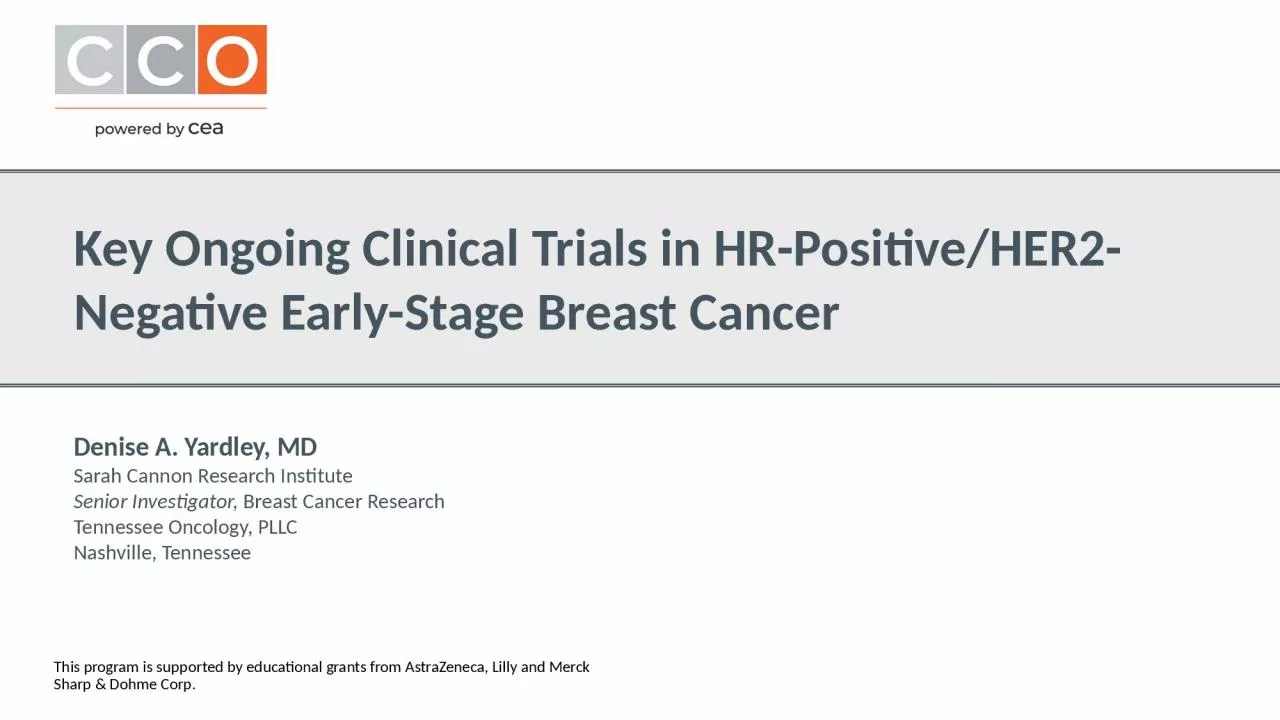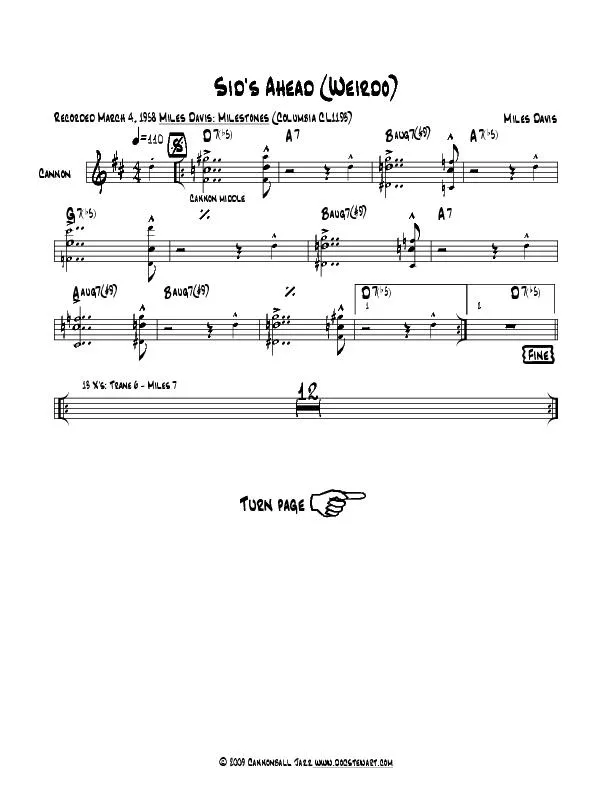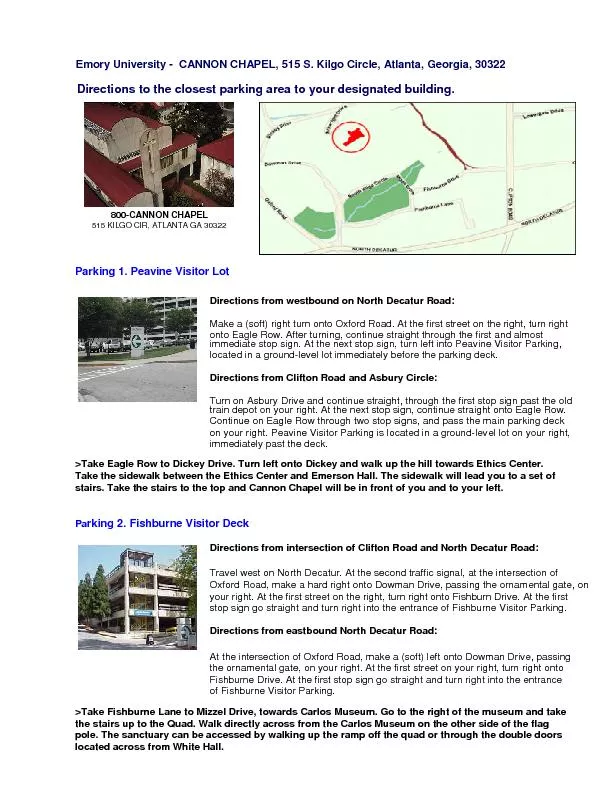PPT-Denise A. Yardley, MD Sarah Cannon Research Institute
Author : lily | Published Date : 2023-11-20
Senior Investigator Breast Cancer Research Tennessee Oncology PLLC Nashville Tennessee Key Ongoing Clinical Trials in HRPositiveHER2Negative EarlyStage Breast Cancer
Presentation Embed Code
Download Presentation
Download Presentation The PPT/PDF document "Denise A. Yardley, MD Sarah Cannon Resea..." is the property of its rightful owner. Permission is granted to download and print the materials on this website for personal, non-commercial use only, and to display it on your personal computer provided you do not modify the materials and that you retain all copyright notices contained in the materials. By downloading content from our website, you accept the terms of this agreement.
Denise A. Yardley, MD Sarah Cannon Research Institute: Transcript
Download Rules Of Document
"Denise A. Yardley, MD Sarah Cannon Research Institute"The content belongs to its owner. You may download and print it for personal use, without modification, and keep all copyright notices. By downloading, you agree to these terms.
Related Documents














